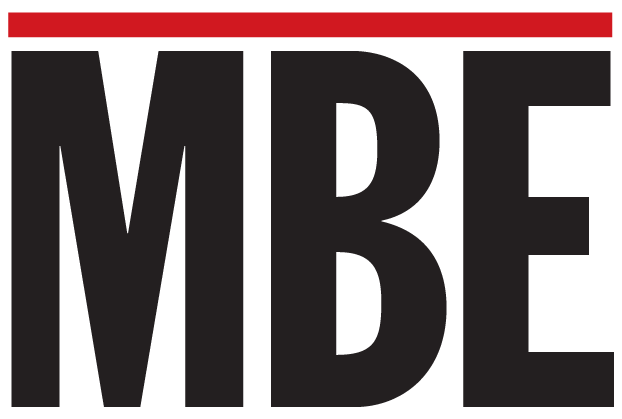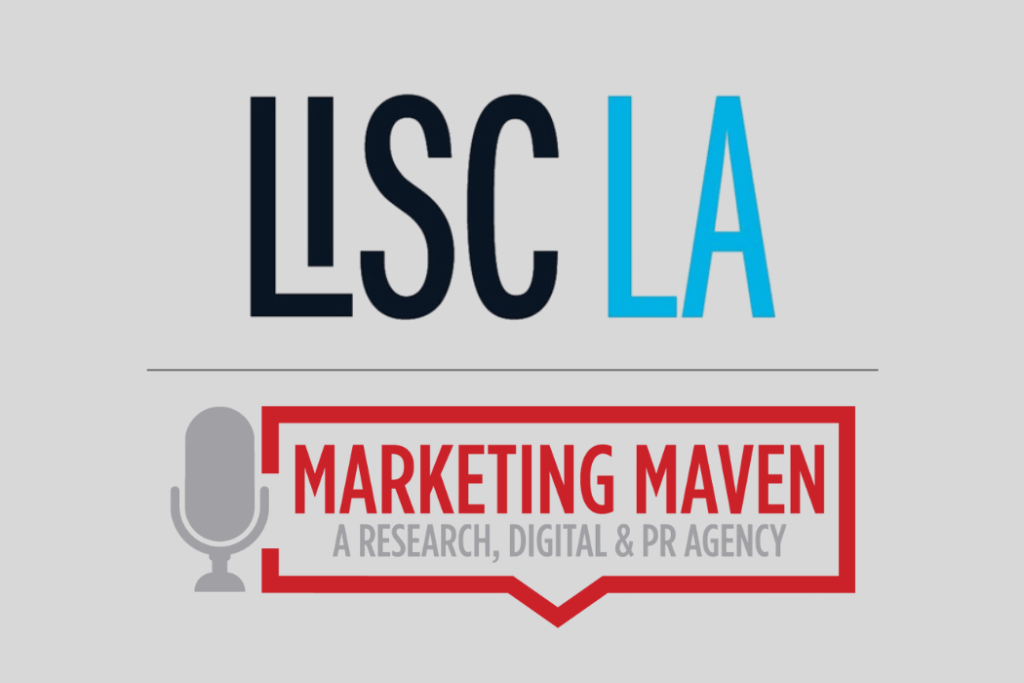
Most of us start the year filled with big ambitions and lofty goals for our businesses. Yet, studies show that 80 percent of people abandon their goals by February. Why? Because those goals often lack the structure, clarity, and accountability needed to stay on track.
If you’re determined to make 2025 a breakthrough year, it starts with setting business goals you’ll actually achieve. You can create realistic, measurable goals and break them into actionable steps, using simple yet effective strategies. Whether you’re a solopreneur or managing a team, this roadmap will help you set the stage for success.
Why Business Goals Matter
Setting goals is more than just a motivational exercise—it’s a necessity. According to research from Harvard Business School, businesses with clear, written goals are 10 times more likely to succeed than those without. Goals give your business direction, keep you focused, and allow you to measure your progress.
Think of goals as your North Star. Without them, you’re just moving in circles, hoping to stumble across success.
Tips:
- Write your goals down. The act of writing clarifies intentions and increases commitment.
- Start with one or two goals that align with your most pressing priorities.
- Avoid overloading yourself with too many objectives at once.
Why Most Goals Fail—and How to Avoid It
Many entrepreneurs fall into the trap of setting vague or overwhelming goals. This leads to frustration, burnout, or abandoning the goal altogether. For example, “grow my business” is too broad, while “double my revenue in one month” might not be realistic.
To avoid failure, focus on crafting goals that are clear, attainable, and backed by a plan. By addressing common pitfalls, you’ll set yourself up for success.
Tips:
- Avoid vague goals. Instead, specify what growth looks like in numbers or outcomes.
- Break large goals into manageable steps.
- Regularly assess progress to identify and resolve challenges early.
The SMART Framework for Goal Setting
The SMART framework is a tried-and-true method for crafting effective goals. By ensuring each goal is Specific, Measurable, Achievable, Relevant, and Time-bound, you turn abstract aspirations into actionable plans.
Specific: Define what you want to achieve clearly.
- Vague: “I want more clients.”
- Specific: “I want to gain 10 new clients by the end of Q1.”
Measurable: Attach metrics to track progress.
- Ask yourself, “How will I know I’m successful?”
- Example: Track client leads weekly and conversions monthly.
Achievable: Ensure your goal is challenging but realistic.
- Unrealistic: “Launch 10 products in one month.”
- Achievable: “Launch one new product this quarter.”
Relevant: Align goals with your long-term strategy.
- Relevant: “Improve customer retention by 20 percent” if your strategy is loyalty-focused.
Time-Bound: Add a deadline to create urgency.
- Example: “Increase revenue by 15 percent by the end of June.”
Tips:
- Use the SMART framework to evaluate every goal before committing to it.
- Regularly revisit your SMART goals to adjust based on progress and circumstances.
Breaking Down Big Goals into Bite-Sized Milestones
Big goals can feel overwhelming—until you break them into manageable pieces. Milestones not only make goals less daunting but also provide checkpoints for celebrating progress.
For example:
- Annual Goal: Double your revenue in 2025.
- Quarterly Milestone: Increase revenue by 25 percent each quarter.
- Monthly Task: Launch one product, run two email campaigns, and secure five new clients.
Tips:
- Start by identifying the major steps needed to reach your goal.
- Assign deadlines for each milestone to maintain accountability.
- Track progress weekly to stay aligned with your objectives.
Staying Accountable and Tracking Progress
Accountability is the difference between wishing for success and making it happen. By consistently monitoring your progress and addressing roadblocks, you ensure your goals remain a priority.
Regular check-ins with yourself or your team keep you focused, while tracking tools provide visibility into your performance. Accountability partners or mentors can also help you stay motivated.
Tips:
- Schedule weekly reviews to assess progress and adjust plans.
- Use tools like QuickBooks for financial goals or Trello for task management.
- Share your goals with a trusted mentor or peer group.
Adapting Goals When Life Happens
No plan survives first contact with reality. Markets shift, priorities change, and unexpected obstacles arise. Flexibility doesn’t mean abandoning your goals; it means adapting them to fit new circumstances.
For example, if you planned to open a physical store but faced budget constraints, pivot to enhancing your e-commerce platform instead.
Tips:
- Regularly reassess whether your goals are still relevant.
- Focus on what you can control and make adjustments accordingly.
- Maintain a growth mindset, viewing setbacks as opportunities for innovation.
Make 2025 Your Most Successful Year Yet
Setting business goals isn’t just about writing down aspirations—it’s about creating a roadmap that leads to measurable success. By using the SMART framework, breaking goals into milestones, and staying accountable, you’ll not only set goals but achieve them.
For more information and deeper insights in business goal setting to make 2025 your breakthrough year, listen to excerpts from our interview with Maria DeLorenzis Reyes, CEO and founder of Training Innovations and MDR Brands. Maria offers up some best practices you can implement to ensure you hit your 2025 targets.













